
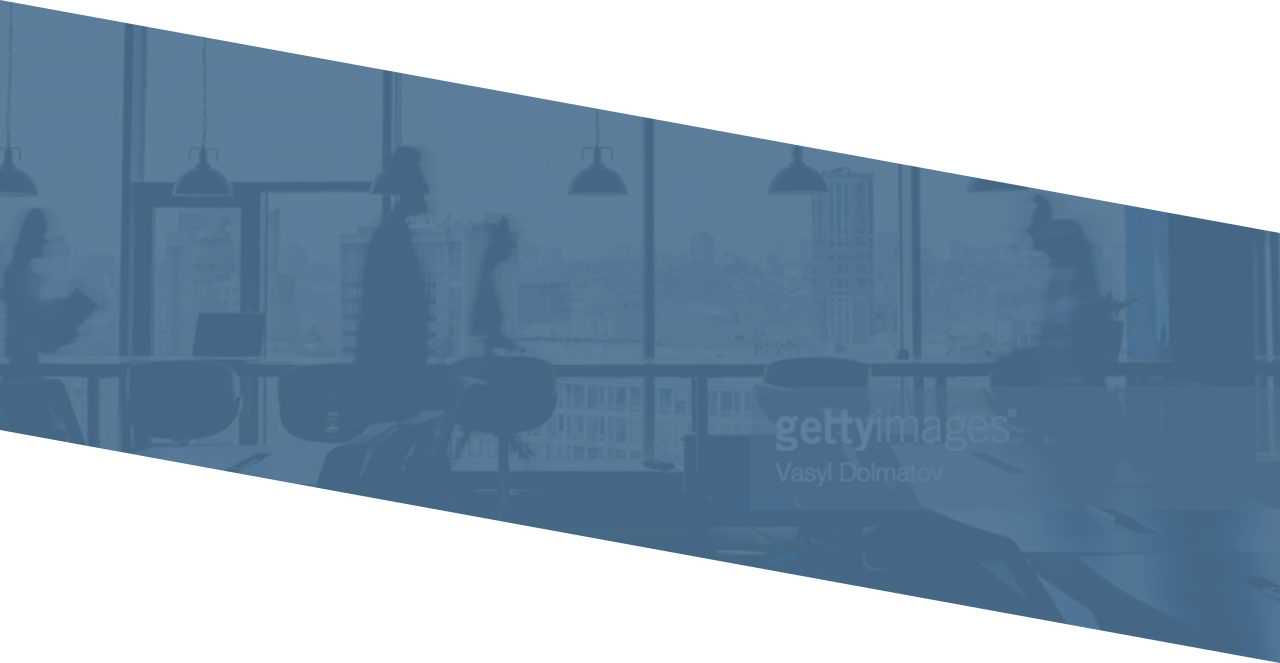
Using fostered
“earthquake motion” technology
for a more critical mission.

Creation of earthquake motion to evaluate seismic resistant design
In recent years, we have had many earthquakes, and it is predicted that we may have mega-earthquakes in the future. To mitigate earthquake damages whenever possible, it is crucial to predict the motion caused by earthquake in advance. In the work of creating earthquake motion which I am mainly in charge of, we predict the estimated scale of the earthquake motion at the construction site of a planned building or an existing one using simulation tool, taking fault in the neighborhood and the solidness or softness of the ground at the site in consideration. The data of the earthquake motion thus created is used for seismic resistant evaluation of a building or countermeasures against earthquakes.
I also study on the more accurate prediction of the coming earthquakes. Recently, many seismographs have been installed and they accumulate a huge amount of observation data. These data enable us to observe characteristics of earthquakes which we did not realize before. Based on this new knowledge, we try to establish a fault model which can simulate an earthquake motion more precisely. As earthquakes are a natural phenomenon, a new model does not necessarily tell us all about earthquakes, but it is our mission to keep facing earthquakes to establish a safer society.
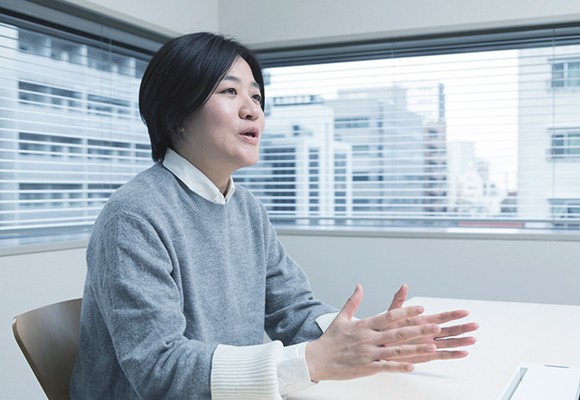
The joy I felt when I could simulate an earthquake motion
I was working for another company before I joined KKE. In the company, I was prospecting petroleum reserved under the ground using artificial earthquake waves. The basic technique and knowledge I used to use are similar to what I use now but the object is completely different. The creation of earthquake motion in KKE now affects the seismic resistance of a building and lives and safety of people, so that even a small mistake cannot be allowed. For such data as “geological layer data we attained through boring tests of a construction site” or “active fault data published by the government,” we double check and triple check if there is any mistake in the data we use or analyzing process. Even though there are difficulties in our work, we often have happy moments. One of them is when the simulation outcome turned out to be exactly what we expected. When I have trouble reproducing an earthquake motion once actually occurred, I review the geographical features and geological layers, and recreate earthquake motion. I feel satisfied when I simulated the earthquake motion that I have estimated.
My ordinary day
-
9:00 a.m.
Arrive at work
-
9:30 a.m.
Check e-mails
-
10:00 a.m.
Team meeting / Analytical work (observed data)
-
12:00 noon
Lunch
-
1:00 p.m.
Analytical work (observed data)
-
3:00 p.m.
Meeting with collaborative workers
-
4:00 p.m.
Leave office (using flex time for childcare)
Passing on the technology and experience to the next generation
The foreign company that I worked for was a stand-alone type and focused more on the individualism both in a good way and a bad way. On contrary in KKE, those who have longer career take time to give advice to the younger and check their work. You can say that KKE is steadily passing on the technology and experience to the next generation. When I look around me, each of my colleagues is an ‘expert’ in a certain field. They strengthen their advantage and, as a result, create a new business. This is the culture KKE has. I haven’t become an expert in any field yet but if I keep brushing up my accumulated knowledge on earthquake motion and communication skill in English, I will be able to contribute to the extension of Japanese worldly advanced knowledge on earthquake motion to foreign countries.
Staff Interviews
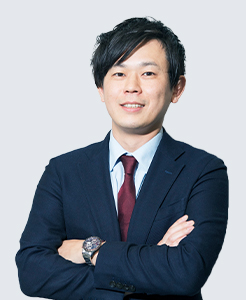
Disaster Preparedness
BIM Design
Stationed in Kumamoto, he travels around the country, pursuing architecture of the future.
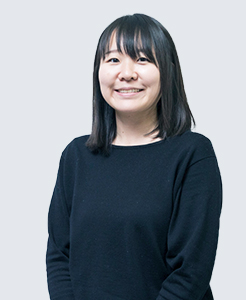
Design support for manufacturing industry
Promoting innovation of manufacturing industry with “Design Automation”

Telecommunication
Radio wave propagation
Challenge the radio wave utilization frontier beyond the border of companies and nations.
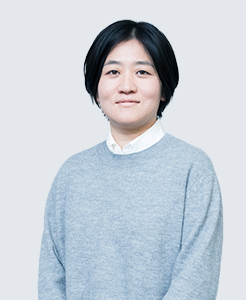
Disaster Preparedness
Creation of earthquake motion
Using fostered “earthquake motion” technology for a more critical mission.
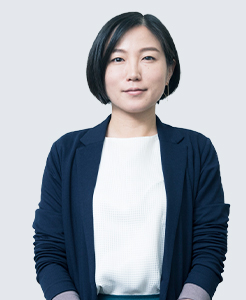
Cloud Service
Sells a global service supporting companies’ e-mail distribution
to the Japanese market.

Disaster Preparedness
Simulation of indoor damage
Contributes to social security and safety via technologies to protect people and facilities in buildings.
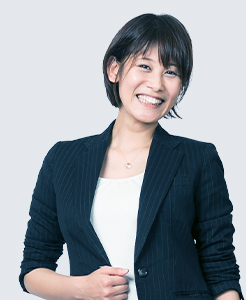
Disaster Preparedness
Seismic diagnosis, design for refurbishment
Increases buildings’ seismic capacities for longer and safer use.
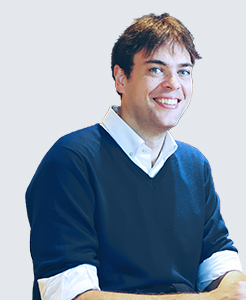
Disaster Preparedness
Structural design, Wind power facilities
Connects domestic and international companies and professionals to contribute to increasing wind power.
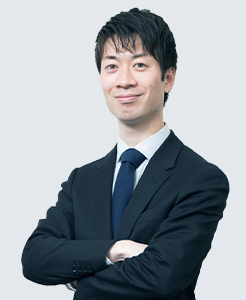
Indoor 3D map
While listening to the clients’ problems, contribute to productivity enhancement with the latest technology.



